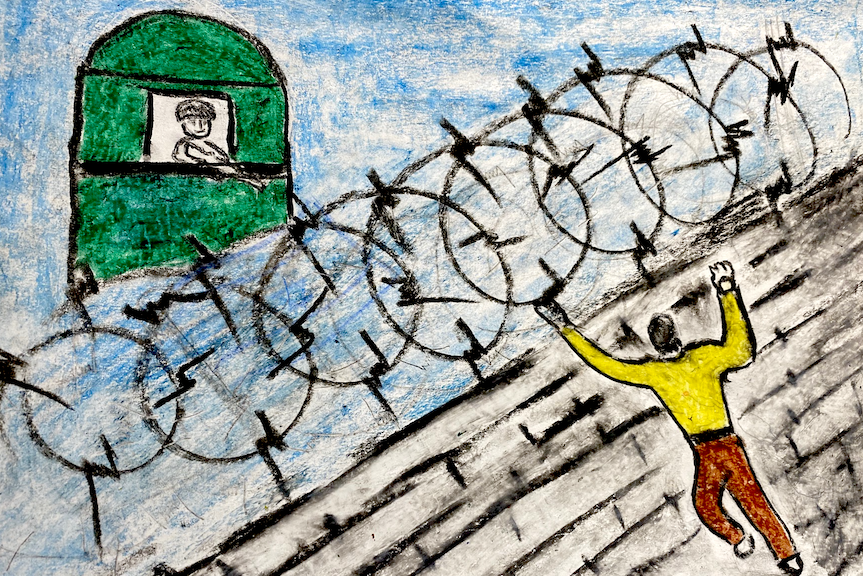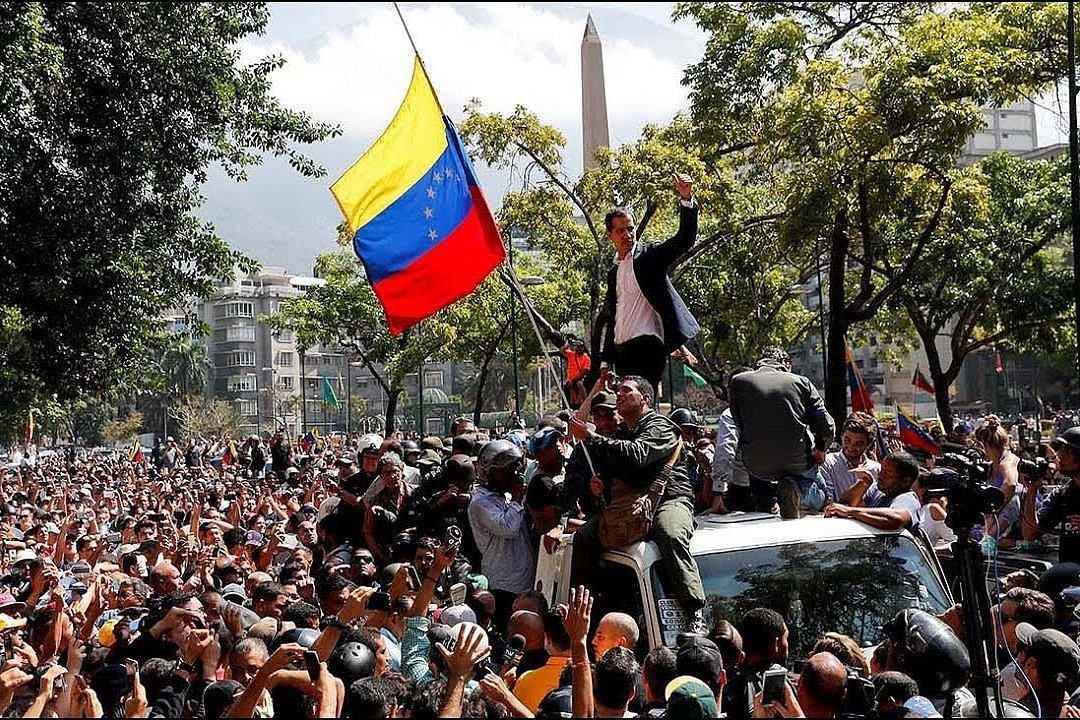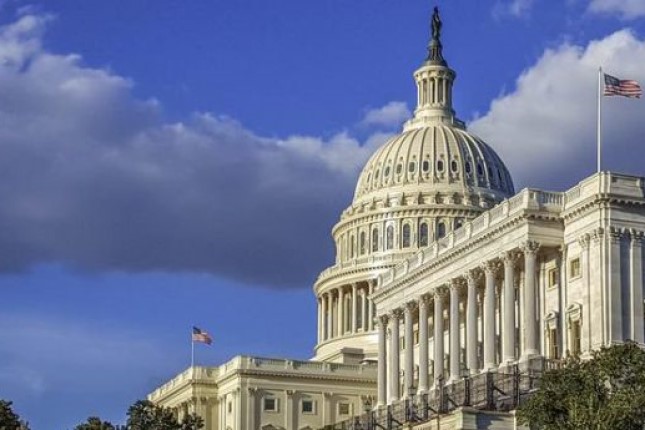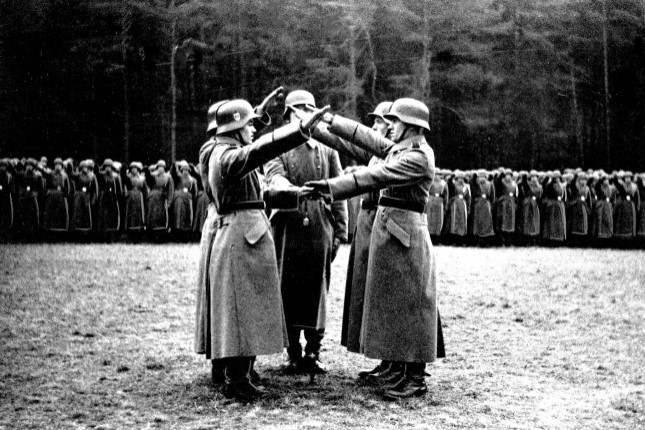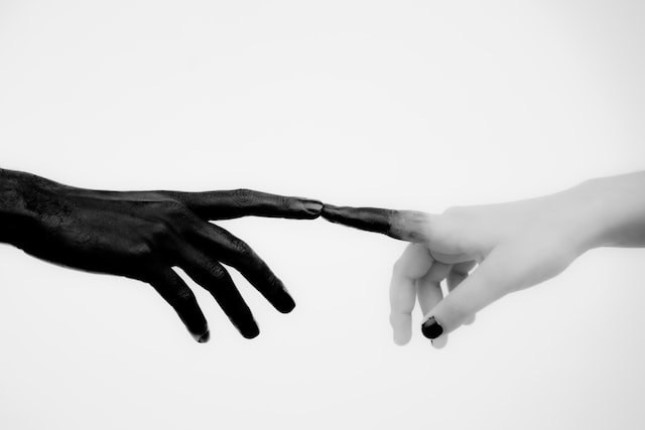It would be a historical event as momentous as the first Irish Catholic president, John F. Kennedy, and the first black president, Barack Obama. Like these firsts, it could definitively end the chapter about America’s discrimination against Italian immigrants. Back in the day, discrimination against Italians went well beyond the relatively trivial “Italians Need Not Apply” signs and ethnic slurs. Italian immigrants endured racial atrocities, such as illegal servitude, the largest and most heinous mass lynching in America, multiple exclusionary immigration policies, and unconscionable mistreatment during WWII.
After the Civil War, America needed a low-cost labor source, and southern Italians fit the bill. Many were so poor that they could pay for the passage only by becoming indentured servants. However, America had passed laws between 1868 and 1874 making it clear that it was illegal to leverage a person’s labor to discharge a debt, even if the person agreed with the conditions.
That meant that tens of thousands of Italian immigrants endured illegal servitude, including the 7,000-8,000 kidnapped Italian children who were sold in America for $100-$500, These children lived a life of horror working on the streets and under the thumb of the padrone. Adults, too, worked under terrible conditions, a practice that endured into the 20th century. The American government was aware of the situation but, as shown by the many decades the situation endured, lacked the conviction and will to stamp out the practice of enslaving Italians in America.
In 1891, eleven Italian men were lynched in New Orleans, the largest mass lynching in America. The Italians, who included three fruit vendors, a plantation worker, two stevedores, a cobbler, and a tin smith, had just been acquitted of murder. The townspeople, however, disagreed. Ten thousand people, including government officials and other prominent New Orleans residents, stormed the prison where the Italians were awaiting their freedom.
Many national media outlets saw the lynching as a virtuous act. The New York Times headline was, “Chief Hennessy Avenged: Eleven Of His Italian Assassins Lynched By Mob. An Uprising Of Indignant Citizens In New-Orleans—The Prison Doors Forced And The Italian Murderers Shot Down.” Across America, Italians were branded as dangerous and undesirable. Throughout the South, laws were passed to limit immigrants from southern Europe and Catholics from anywhere.
President Harrison was horrified by what had occurred. He and his team brainstormed ways to let Italians in America and Italy know how truly sorry the country was. They decided on a holiday to honor famous Italians such as Michelangelo, da Vinci, Vespucci, and Columbus. In 1892, 400 years after Columbus landed in the Bahamas, Columbus Day was born.
Many people know of the 1882 Chinese Exclusion Act, but there was also the less specific 1882 Immigration Act, which allowed immigrants to be turned away if they were subjectively assessed to be undesirable or if it was likely they could become public charges. Many Italians failed both subjective tests because Americans did not want more Italians.
To rationalize their disdain, Americans developed a eugenics theory targeted specifically at people from the Mediterranean, with a bullseye on Italians. Italian immigrants were seen as “an inferior race that threatened to dilute the “good Northern European stock and undermine traditional American institutions.” With the aid of settled science, it became easier for Americans to exclude Italians.
In 1917, Congress enacted an immigration intelligence test to curb immigration from Italy. It didn’t work; most Italians passed.
In 1921, over 200,000 Italian immigrants came to America, setting off alarm bells. The 1922 Immigration Act placed a quota of 42,000 on Italian immigrants. But even that was seen as too many.
Congress then passed the Immigration Act of 1924 to limit Italian immigration further. The quota was now 2% of the number of Italians in America in 1890. Congress chose that year because it was before Italians immigrated in numbers. This limited the Italian immigration quota to 3,845 people. In 1927, it was increased to 5,802. The fact that, during WWI, Italian immigrants were only 4% of the population but 10-12% of the military didn’t make them less inferior.
In WWII, up to 1.5 million Italian Americans served in the US military. Italian Americans enlisted in numbers, despite America being at war with Italy from December 11, 1941, to September 8, 1943. It was generally recognized that families with soldiers were low risk.
Still, 10,000 Italians in California were forced to leave their homes. About 600,000 Italians in America were under curfews and travel restrictions. Radios and guns were confiscated, and homes were subject to spot seizures. There were 3,278 arrested, 1,881 in custody, and 418 interned throughout the war. Thousands of Italian fishermen lost their livelihoods.
Some are confused about how patriotic Italians, many of whom had sons in the military, could be subjected to such humiliation. By 1942, the government began loosening some restrictions on the Italians, recognizing that they were being punished for Japanese aggression against America.
In 1988, Congress passed the Civil Liberties Act of 1988. Japanese Americans interned during WWII received a letter of apology from the president, a Day of Remembrance, $1.6 billion in redress payment, and a multi-million dollar fund to educate Americans on the mistreatment of the Japanese in WWII.
But what about the Italians who were mistreated in WWII? A visitor to the WWII Museum would find the following: “The surveillance and detention of Italian Americans after Pearl Harbor is a little-known piece of WWII history, December 13, 2021.”
That it is known at all is because Congress passed the Wartime Violation of Italian American Civil Liberties Act in 2000. With an estimated cost of $500,000, the act provided for an in-depth review of Italian Americans confined in WWII. Most people were shocked because the history of mistreating Italians was virtually unknown. But there would be no apology, no Day of Remembrance, no redress, and no money to educate Americans on the mistreatment of Italians.
The only apology the US government has ever given to Italian Americans for the heinous discrimination they experienced in America was Columbus Day itself. Ironically, states and cities have been replacing it with Indigenous People’s Day. It’s one more discriminatory snub to Italian Americans
If, and when, America elects an Italian American to be president, it will signal the end of another painful racist chapter in America. In the meantime, a nation obsessed with using Remembrance Days, publications, media reports, and curriculum changes to make Americans aware of hard history really needs to give equal consideration to educating Americans about the hard history of the government’s complicity in discrimination against Italians as illegal indentured servants, mistreatment during WWII, and the multiple efforts to virtually exclude Italians from immigrating to America.
Source: American Thinker.


















